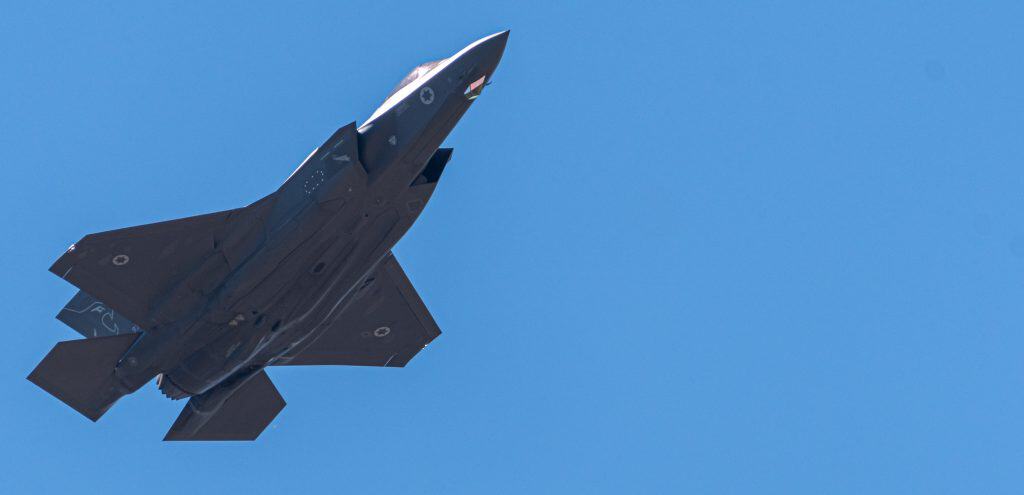
Three airstrikes targeted terrorists in the al-Boukamal region of eastern Syria Saturday morning, killing four members of Lebanese Hezbollah, and two members of Iraqi militia groups.
The target of the airstrikes was a weapons storage facility that “was recently stocked with rocket launchers and munitions,” and two militia outposts, according to the Associated Press. The strikes have not been claimed. However, both the United States and Israel have interests in targets of this nature.
In the wake of the recent strikes in Eastern Syria, Lebanese Hezbollah published a statement mourning the loss of four fighters. However, the group did not detail any information surrounding the deaths.
The strikes follow an active month of pro-Iranian activity involving rocket and drone strikes on Israeli territory as well as American positions in Syria and Iraq.
In December, nine separate occurrences of rocket and drone strikes originating from Syria or potentially Iraq have targeted Israeli territory, according to a tally conducted internally by FDD’s Long War Journal.
For example, on Dec. 12, Iranian-backed militias operating in Syria fired three rockets towards the Golan Heights. The Israeli military said two projectiles landed inside Syria and a third in an “open area.”
Then, on Dec. 15, the IDF said it intercepted a UAV “on its way to Israeli territory” over Lebanese-controlled waters in the Mediterranean Sea. Subsequently, the Islamic Resistance in Iraq published a statement taking credit for the attack, saying it “achieved a direct hit” on a “vital target in the Mediterranean Sea a few days ago.”
Comparatively, Iranian-backed militias, particularly the Islamic Resistance in Iraq, have claimed nearly three dozen attacks against American troops in Iraq and Syria in December, according to an internal FDD’s Long War Journal tally.
For example, on Dec. 30, the Islamic Resistance in Iraq published a statement claiming responsibility for attacking U.S. troops stationed at al-Harir air base in the Erbil Governorate, Iraq.
It was the second time in less than 24 hours that the group claimed to have attacked U.S. troops stationed at al-Harir.
Consequently, Israel and the United States have conducted retaliatory strikes against the militias and the IRGC.
On Dec. 2, Israeli airstrikes killed two IRGC officers on the outskirts of Damascus. The officers were identified as Mohammed Ali Ataei Shoorcheh and Panah Taghizadeh, who were in Syria on an “advisory mission,” according to an IRGC statement. Weeks later, on Dec. 26, Israel killed Razi Mousavi, a senior officer in Iran’s Islamic Revolutionary Guards Corps, in an airstrike in the Syrian capital of Damascus.
The day before, on Dec. 25, the U.S. military launched airstrikes in Iraq against Hezbollah Brigades, an Iranian proxy, and allied militias after three U.S. soldiers were wounded, including one critically, when a drone struck a U.S. airbase in Erbil.
The occurrence of Israeli airstrikes leading to the elimination of three senior IRGC members in Syria, alongside members of Lebanese Hezbollah and their affiliates, cannot be considered as mere happenstance. It is evident that Israel intends to convey a strong message to Iran, Hezbollah, and their associated militias that a red line has been crossed and engaging in hostile actions against the Jewish state will elicit a retaliatory act.







